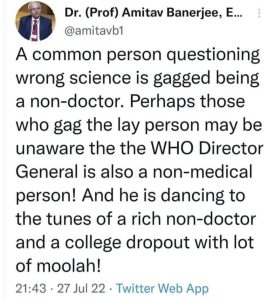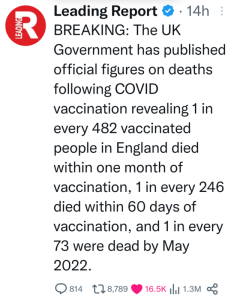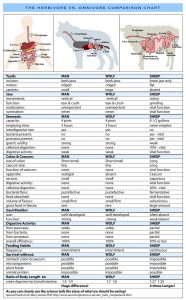(Tom: Received this in an email, thought it worth sharing.)
With violence continuing to skyrocket across the nation…
You’ve got to be on your “A” game these days when it comes to situational awareness.
The last thing you want to happen is to suddenly find yourself surrounded by an angry mob.
So today, I want to quickly share with you the 3 dimensions of situational awareness that every spy learns and how you can apply this to your own life.
The first dimension is your immediate vicinity.
Quite literally, anything in arms reach out to about a 15-foot radius.
The second dimension is your surroundings.
For instance, are you attending a church service, are you in a restaurant or at home?
Basically, your second dimension will be your line of sight and auditory range of perception beyond your immediate vicinity.
Your third dimension is outside of your surroundings.
It can be described as exterior to your immediate environment.
For example, if you are attending a church service, your third dimension will include the parking lot, the back of the building and it extends out to any current events that may affect you.
Your third dimension of SA is not described with physical boundaries, rather it includes events that may have a big impact on you.
These events could be things such as a developing military coup in the country you are working or a widespread power outage in your area.
While you can observe your first two dimensions, it is the ability to perceive your third dimension that will be essential in becoming fully aware.
To really be prepared, you need to try and figure out what is likely happening and about to happen in all three dimensions.
You can practice developing skills in all three dimensions as you go about your normal day.
To start, simply take a few moments to realize that all of these dimensions are surrounding you.
Then, be able to describe them to yourself in your mind and be prepared to act in the face of danger.
In other words, the next time you’re at Home Depot or going to the grocery store…
Instead of just mindlessly shopping like most people do, take the time to think about your 3 dimensions of SA and how it might affect your safety.
This is an easy exercise to do, doesn’t take long at all, and can definitely pay off in a crisis situation.
Stay safe,
Jason Hanson








